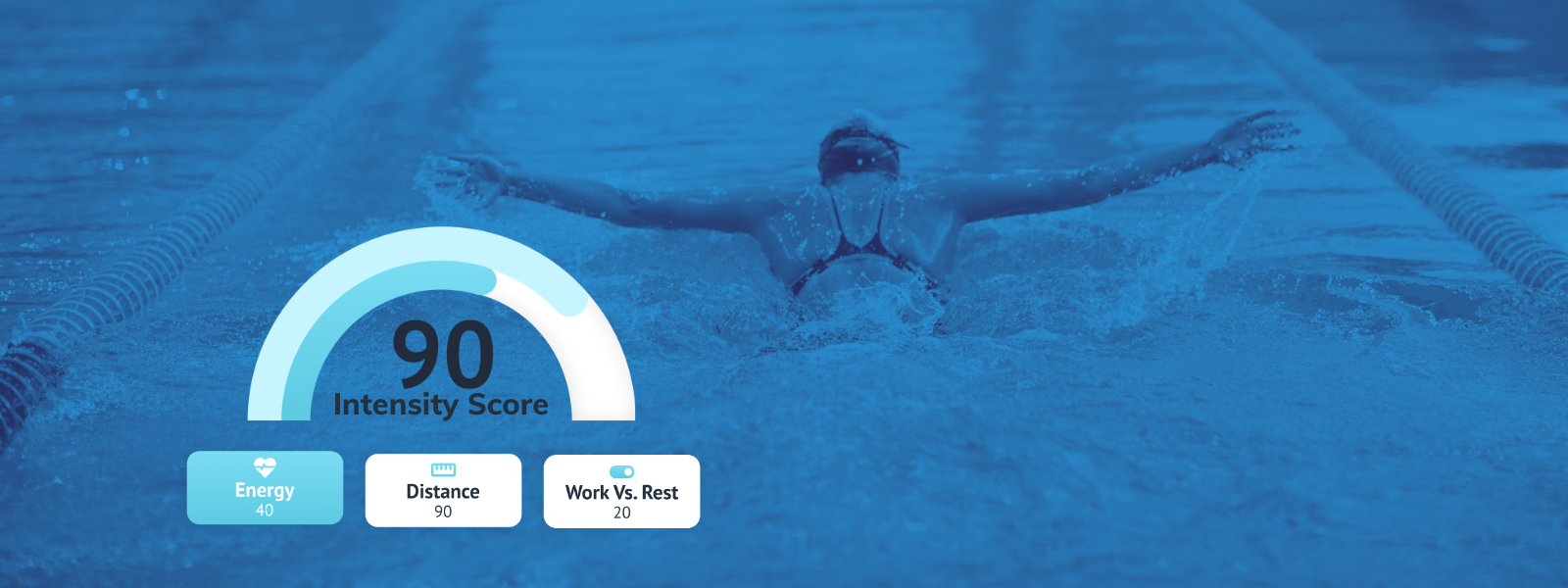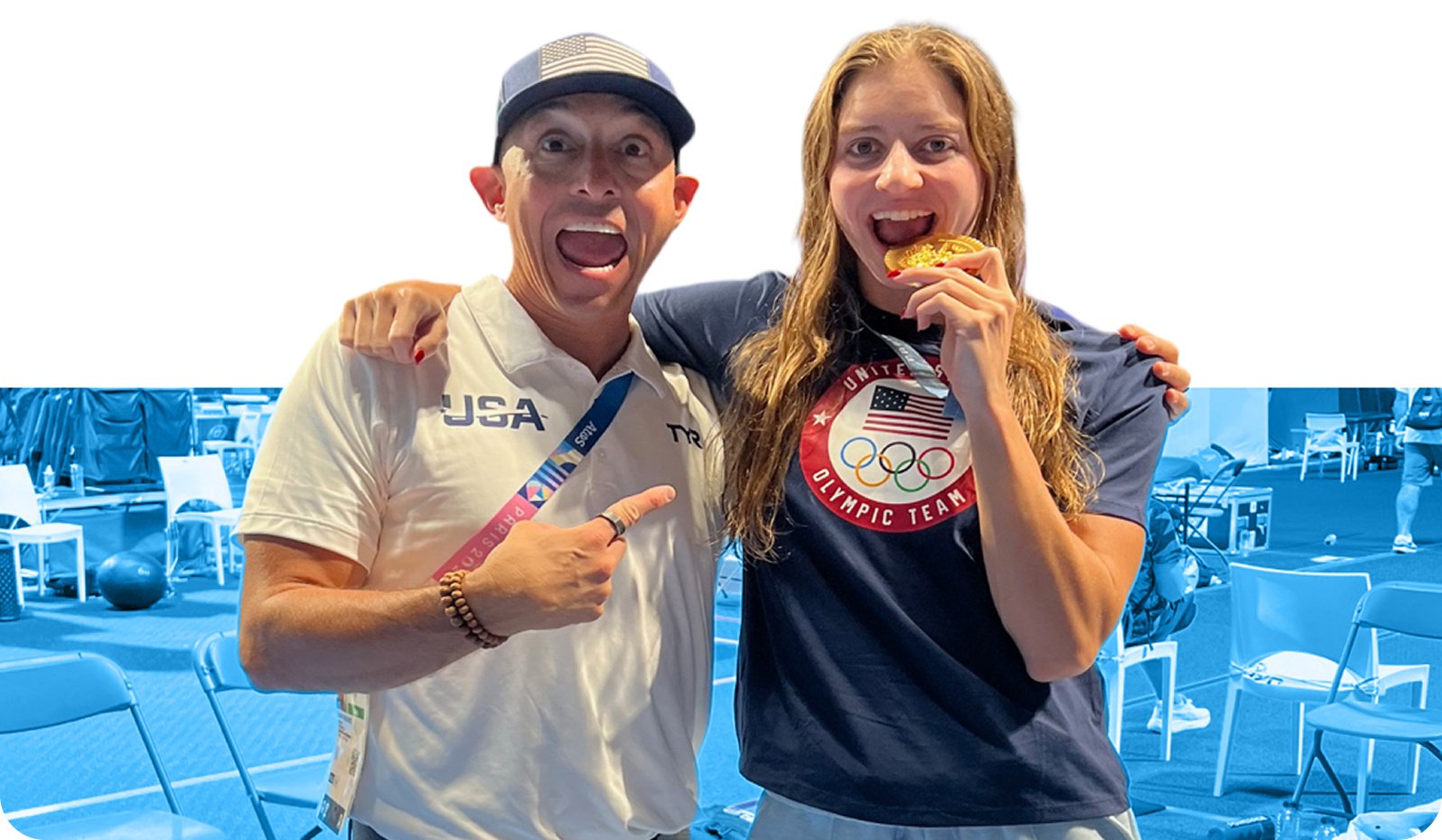Intensity Explained
With the Intensity Score, you can track how hard you train. The score is calculated from the energy systems engaged (aerobic vs anaerobic), total distance, and work vs rest. Changes in any of these three components will impact the Intensity score.
Energy looks at the energy systems you trained and gives more points for training in higher zones.
Distance incorporates the volume you hit this workout relative to how much you usually complete in a workout.
Finally, Work to Rest checks how much of the workout you spent swimming rather than hanging out at the end of the pool.
Breaking Down High and Low Intensity Scores
The TritonWear app is your everyday coach; it doesn’t only show you data, it gives you truly tailored feedback. If your score is hitting 80 or higher, you’ll receive personalized recommendations indicating exactly what caused a spike in Intensity. You'll need to check out your Focus and Readiness scores to ensure Intensity did not impact skill execution or increase your injury risk.
Scores under 70 indicate a drop in Intensity; you'll need to check your Readiness and ensure you're not under training. For optimal performance, a balance between intense workouts and recovery is essential.
.png?width=350&height=350&name=_Score%20Breakdown%20Square%20(1).png)
What impacts Intensity Score?
Energy, distance, and work vs rest are correlated and increasing one leads to a decrease in another. For example, when you ramp up swim intensity (effort and speed) during a set, there is usually a decrease in both the distance and the overall active time. Typically the score will be high when both distance and active time are high.
A Vo2max set, for instance, will cause a spike in your Intensity score because it requires you to increase your speed while still maintaining some distance and active time. On the contrary, alactic sprints will require you to exert high speed but not enough distance or active time to cause an increase to the overall Intensity score.
Key Takeaway
Every time you interpret any one of your Readiness Focus or Intensity Scores, it is best to review it along with the rest of the scores. For example, you will want to keep an eye on a consistently high Intensity score and check your Readiness and Focus. Checking all scores will ensure you are not increasing your risk for injury or negatively impacting your technique.
Next learn how to adjust intensity to improve overall performance.




.png)
.png)